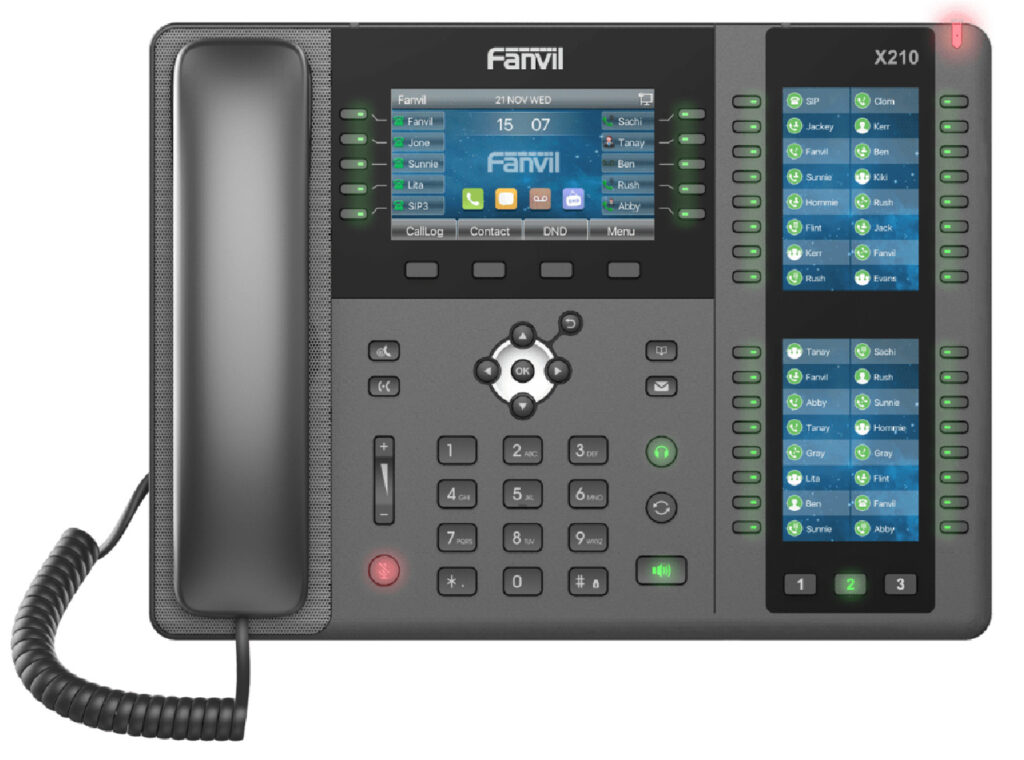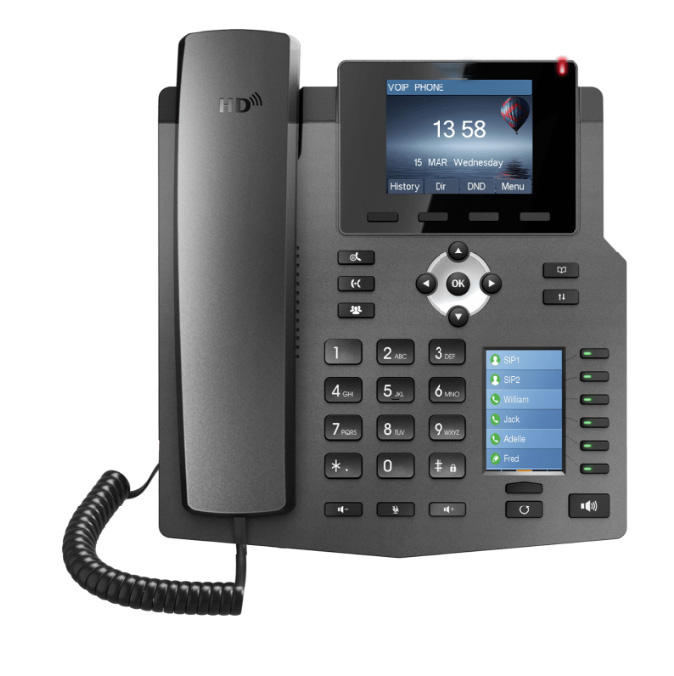Everything You Need to Know About PBX
If you’re looking to upgrade or purchase a new small business phone system, you’ve probably come across the term “PBX”, or private branch exchange, in your searching.
If you’re not sure what this means for you and your business’ phone services, don’t worry, Face-2-Face Telecommunications is here to help! We know there are a number of technical terms out there related to business phone systems that are not always easy to understand, and PBX is definitely one of them.
That’s why we’ve provided this simple, handy breakdown to let you know what a PBX phone system is and what it means for you and your business.





